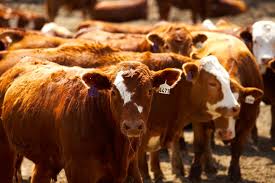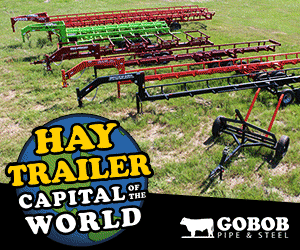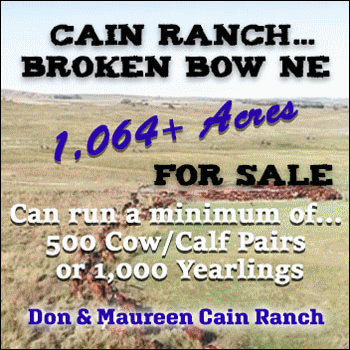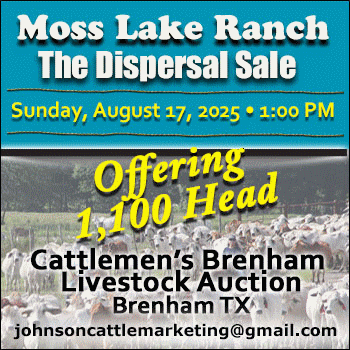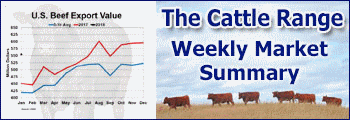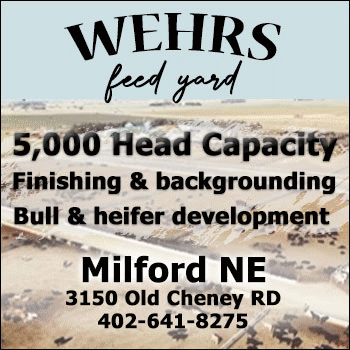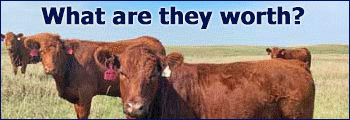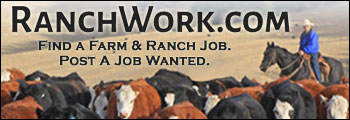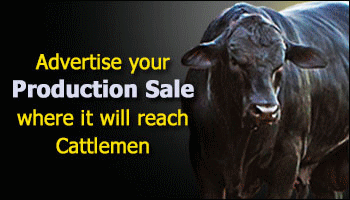Paul Beck, Oklahoma State University
When selling calves shrink is a concern because it is a reduction in the sales weight, but abnormal levels of shrink is often used as a health indicator for cattle arriving in receiving facilities at stocker operations, grow yards, and feedlots. Adjustments in price are common to compensate for varying shrinkage and gut fill.
Shrink is often characterized in two categories; fill shrink and tissue shrink. Fill shrink is the loss of excreta from the digestive system. This type of shrink is common in marketing and can be recovered quickly in a few days once cattle are back on feed and water. Tissue shrink is more severe, with shrinkage levels greater than 6%, associated with long periods without feed and water along with other stressors, such as long-distance transport, weaning, rough handling, or heat stress. Tissue shrink may take up to 30 days to recover.
Selling calves directly after weaning leads to some of the highest levels of shrink. Weaning is stressful and calves are often unfamiliar with water and feed locations, so may refuse to eat or drink even when feed and water are offered. Preconditioning programs have been designed to reduce weaning stress’ effect on calves later in production by enhancing the immune system and teaching calves to eat from a feedbunk and drink from a water tank or fountain at the ranch of origin.
Preconditioning calves before marketing reduces shrink because the stress of separation from the dam has already occurred and calves are familiarized with handling and feed and water sources. Unweaned calves transported directly to the auction market can have shrinkage of 7 to 10% while preconditioned calves can have 2 to 5% shrinkage.
Dietary interventions can be used to reduce shrink. Steers coming off wheat pasture were transported for 4-hours either directly off pasture or after they were given access to hay and water for 24-hours. Initial shrink after only 30-minute hauls were similar and only around ½% of initial weight. Weight loss of steers moved directly from pasture were much greater than steers fed hay before transport when hauls were 1 to 2 hours.
After 4-hours of transit steers directly off wheat lost 37 pounds (5.1% shrink). Steers given access to hay before transport lost 28 pounds (3.85% shrink) over the same haul. This shows that shrink losses were about 1.28% per hour of transport, but providing access to a dry hay before transport decreases shrinkage rates to 0.96% per hour. The reduced shrink was likely due to slower passage rate of feed through the digestive tract and less water loss.
Cattle market surveys have shown that calves that are gaunt or shrunk prior to marketing have $2 to 4/hundredweight premium over cattle with average fill. These premiums are unlikely to cover the lost revenue from the excessive weight loss due to shrink. Calves that were classified as ‘full’ or ‘tanked’ were discounted $4.73 and $11.10/hundredweight, respectively, in a survey of Arkansas feeder cattle markets. These large discounts are reflective of the buyer belief that excessive shrink will occur before cattle reach their final destination. There is value to both the buyer and seller for calves to have a fair weigh up at marketing.
